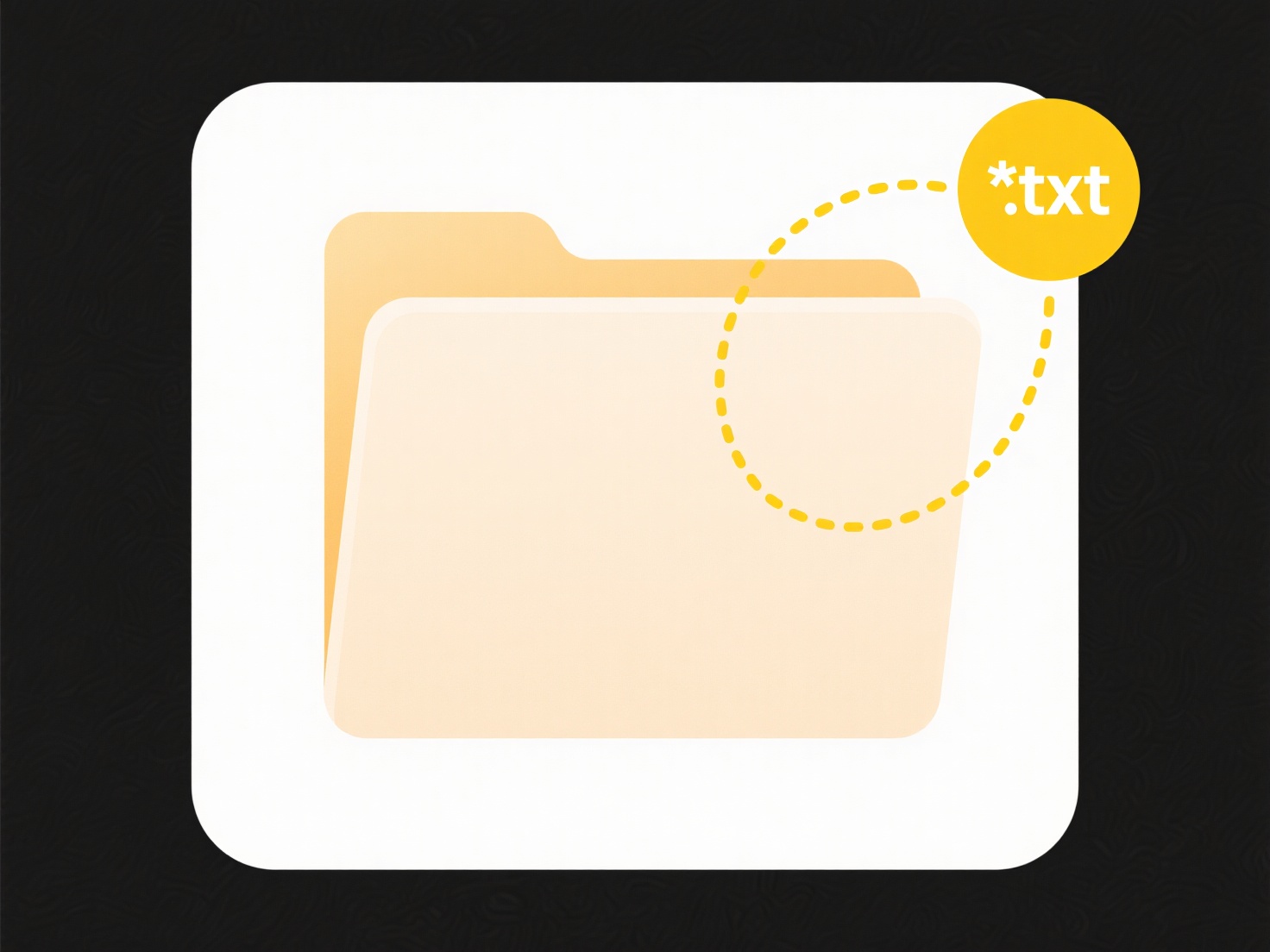
Cloud file preview allows viewing file contents directly within cloud storage services or web applications without downloading the entire file to your local device. The service identifies the file format (like PDF, image, or document) and generates a simplified, viewable version rendered in your web browser or application window. This differs from downloading because it doesn't transfer the complete, editable file to your computer, saving time, bandwidth, and local storage space.
For example, platforms like Google Drive, Dropbox, and Microsoft OneDrive prominently feature preview buttons for common file types; clicking a document opens it readable within the browser. Content management systems (CMS) used in marketing or publishing also often include preview functions, letting editors review page layouts or image galleries before publication without downloading assets.

The key advantage is significant convenience and faster access, especially beneficial for large files or slow connections. Limitations include potential lack of advanced editing features compared to dedicated software and occasional unsupported file formats. From an ethical standpoint, understanding that previews might create temporary copies on cloud servers is prudent. Future developments focus on expanding supported formats, including richer media like 3D models or complex video editing previews directly in-browser.
Can I preview cloud files without downloading them?
Cloud file preview allows viewing file contents directly within cloud storage services or web applications without downloading the entire file to your local device. The service identifies the file format (like PDF, image, or document) and generates a simplified, viewable version rendered in your web browser or application window. This differs from downloading because it doesn't transfer the complete, editable file to your computer, saving time, bandwidth, and local storage space.
For example, platforms like Google Drive, Dropbox, and Microsoft OneDrive prominently feature preview buttons for common file types; clicking a document opens it readable within the browser. Content management systems (CMS) used in marketing or publishing also often include preview functions, letting editors review page layouts or image galleries before publication without downloading assets.

The key advantage is significant convenience and faster access, especially beneficial for large files or slow connections. Limitations include potential lack of advanced editing features compared to dedicated software and occasional unsupported file formats. From an ethical standpoint, understanding that previews might create temporary copies on cloud servers is prudent. Future developments focus on expanding supported formats, including richer media like 3D models or complex video editing previews directly in-browser.
Quick Article Links
Can I mirror my local folder structure in the cloud?
Mirroring your local folder structure in the cloud means creating an exact replica of your computer's directory hierarch...
Do I need admin privileges to install Wisfile on Windows?
Do I need admin privileges to install Wisfile on Windows? No admin privileges are explicitly mentioned in Wisfile's do...
What does “You need administrator permission to save” mean?
"You need administrator permission to save" is a security notification common on Windows operating systems. It occurs wh...